As the days slowly lengthen, we can let ourselves feel a sense of opening outwards once again, and it is with that mindset that we’d like to share AccessArt’s aims and intents for 2023.
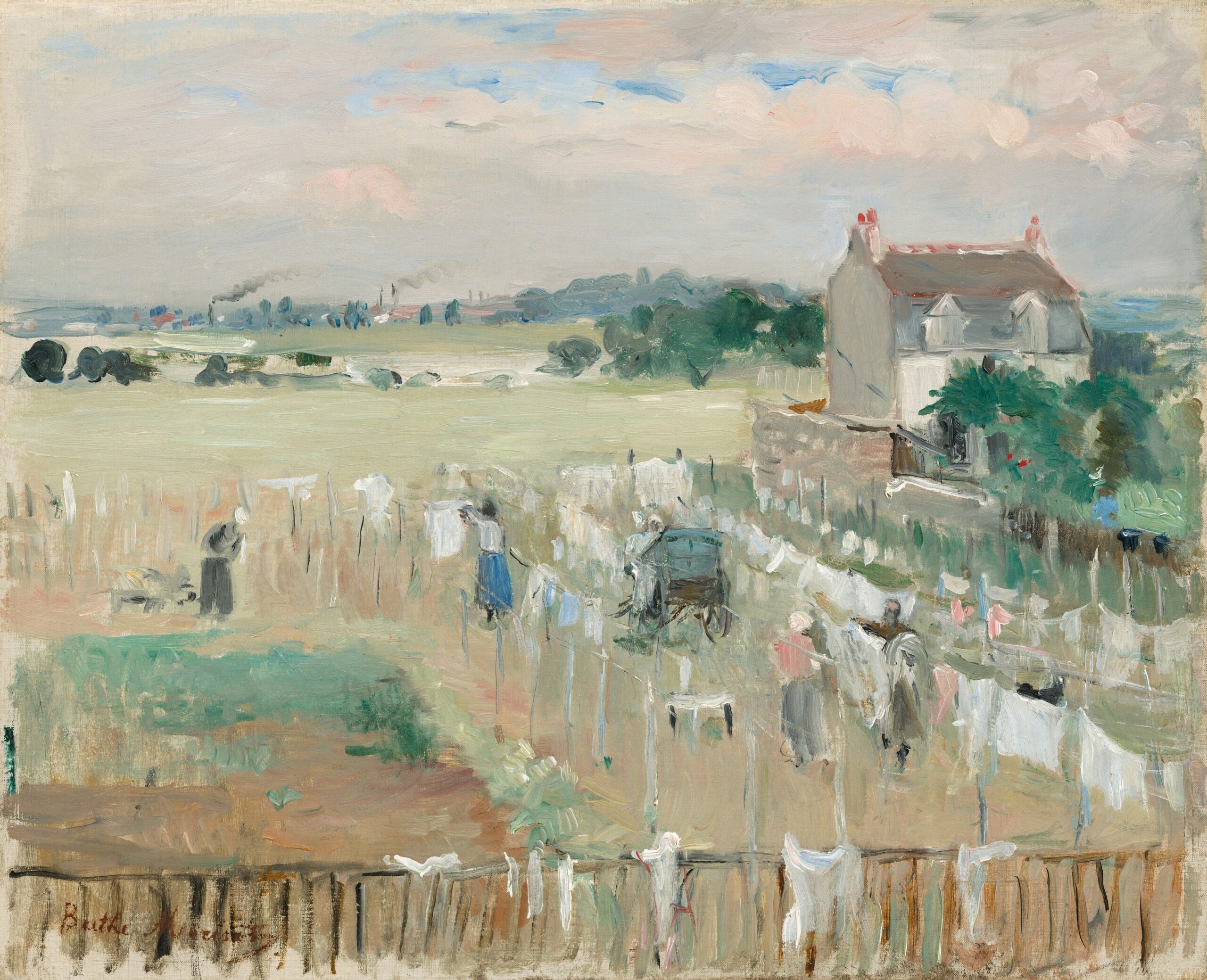
Three words help define our continued direction for 2023: appetite, understanding and demand.
Appetite
We want to help create an appetite, or desire, for the visual arts. A feeling that, in whatever form, “art offers me something that I can value”. The most rewarding emails we receive are often the ones from teachers telling us that staff are “excited to teach art again” and that pupils “are talking about what they have made”.
Understanding
There is sometimes an assumption that when we teach or facilitate art, it might somehow not be as rigorous as other subjects. It is true to say that art is a unique subject, with its own requirements in terms of teaching and learning, but our approach should be no less rigorous than any other subject. Art offers us very special benefits, and develops very particular skills and experiences. It is vital that as well as building subject knowledge, we also develop subjective knowledge about what it is to be a creative human being.
Demand
Finally, by creating appetite and understanding, we create demand. Or perhaps we should write DEMAND – because we need to shout louder about the fact that “art” (making it, talking about it, looking at it) is important. Humans think and act creatively, and if we do not find ways to nurture creativity in those around us (and in ourselves), then we are depriving individuals and society of something which is fundamental and critical to our development.
As AccessArt continues to grow and reach new audiences, our aim is to use our position to help create more opportunity for all. That means more opportunities for:
• Pupils and students to receive high quality arts education
• Educators to understand and enjoy teaching art
• Experts in their field to engage with audiences
• Life-long learners to feel able to explore their creative potential
• Artists to share their work and approaches
• And more opportunities to work together with other partners to help change policy and practice at all levels.
Key areas of focus for AccessArt for 2023 include:
• Continued development of resources and CPD for Primary teachers.
• Development of resources and approaches for Secondary schools.
• Celebration and sharing of the impact AccessArt has on visual arts education, including work made in schools, as a way to help gather evidence and further impact policy and practice.
• Connected thinking between all educational settings including life-long learning.
• Exploration of the purposes and benefits of art/creativity, including the roles and responsibilities of artists to our society.
To help us to move into this next phase, we are pleased to announce AccessArt has become a member of the Council for Subject Associations and that we have also appointed Trevor Horsewood as Business Manager.
“I’ve been a huge fan of AccessArt and their work for years, so I am really excited to be joining such a great team, and looking forward to working with the AccessArt community and members.” Trevor
Trevor will work closely with myself and the team to ensure that we have a robust foundation from which to grow. Find out more about the team and Trustees here.
The recognition as a Subject Association, combined with increased capacity, will enable us to pursue even more partnership working. We invite interested individuals, schools, cultural organisations and other subject associations to get in touch, and together explore how we can use our combined voice to create more appetite, understanding and demand in visual arts education.
Wishing you a peaceful but inspired 2023,
Paula Briggs, CEO and Creative Director, AccessArt
January 2023
This is a sample of a resource created by UK Charity AccessArt. We have over 1500 resources to help develop and inspire your creative thinking, practice and teaching.
AccessArt welcomes artists, educators, teachers and parents both in the UK and overseas.
We believe everyone has the right to be creative and by working together and sharing ideas we can enable everyone to reach their creative potential.
You May Also Like…
colour mixing
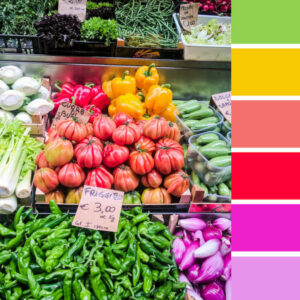
Adapting AccessArt: Colour and Composition
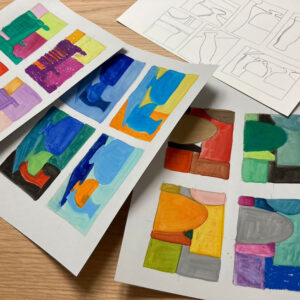
You May Also Like…
Session Recording: how to use modroc
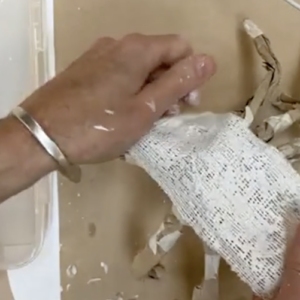
How to use modroc
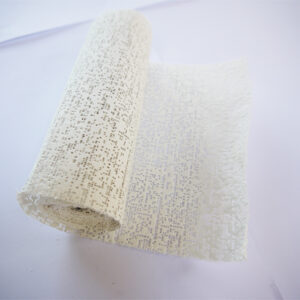
You May Also Like
ten minutes, five times a week
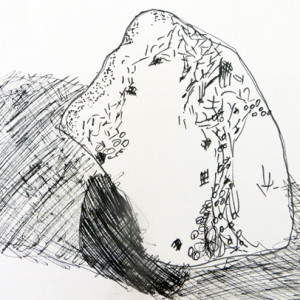
the drawing journey
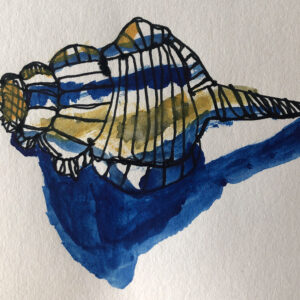
all drawing resources
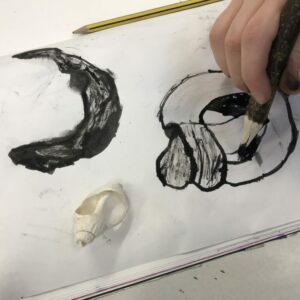
You May Also Like
making a puzzle purse
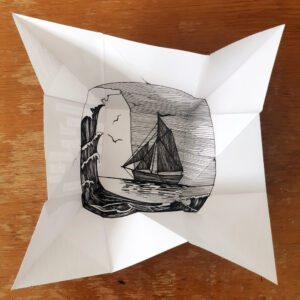
Turkish map fold
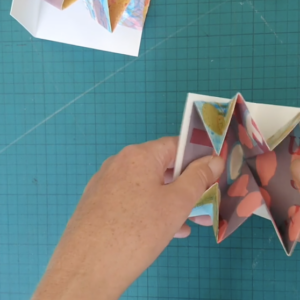
adapting accessart: 2d to 3d

You May Also Like
Graphic inky still life
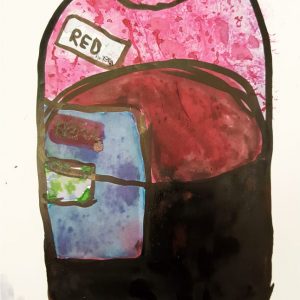
See Three Shapes
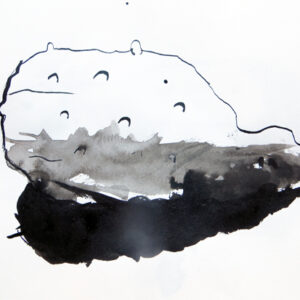
see all ink resources
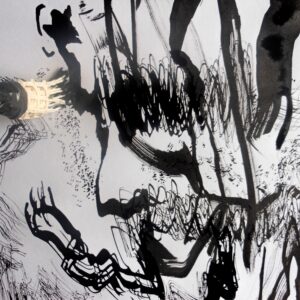
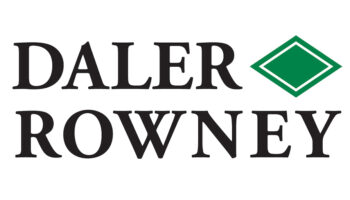
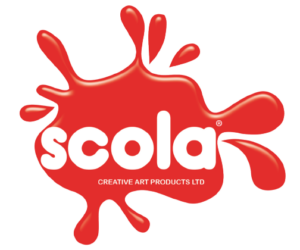
You May Also Like…
Transforming Objects
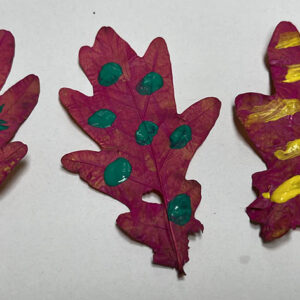
Autumn Floor Textiles
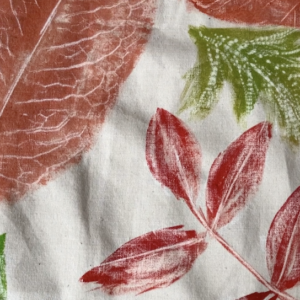
Collecting, Arranging, Drawing
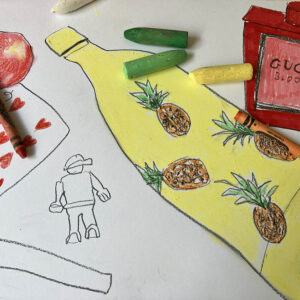
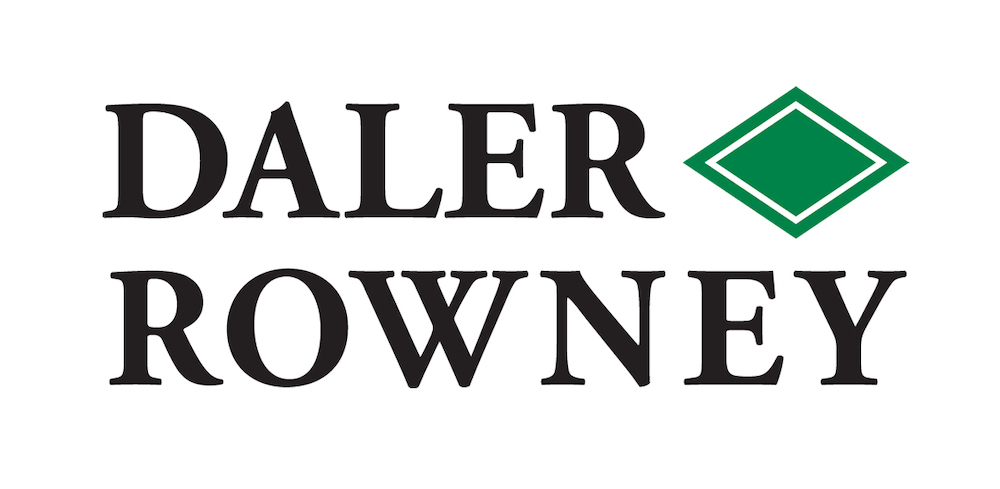
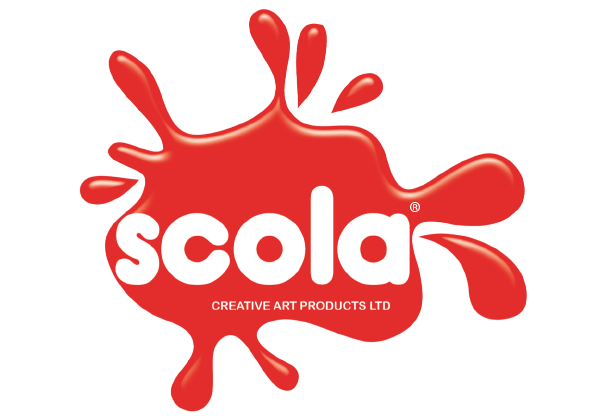
You May Also Like…
Repeat Pattern Printing Roller
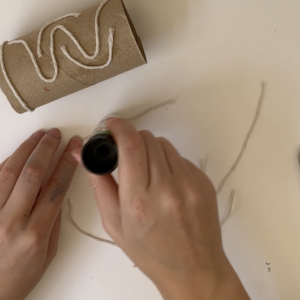
Modroc Plasterboard
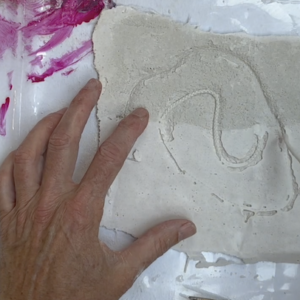


See This Resource Used In Schools…
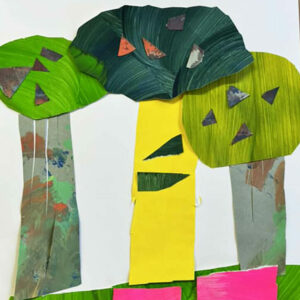
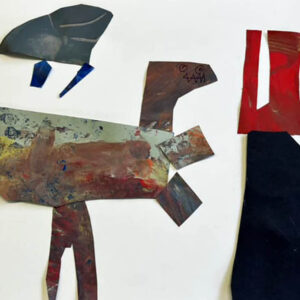
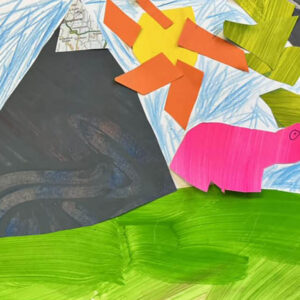
You May Also Like
Lets start with collage
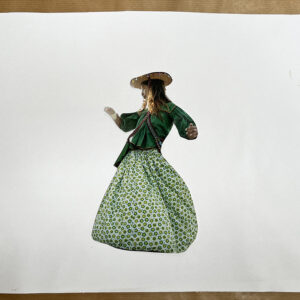
Insect hotels



You May Also Like…
Finding circles
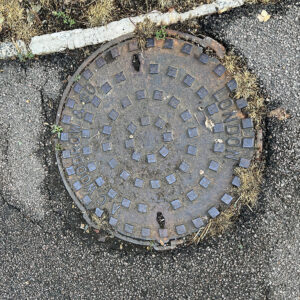
Shells: Observational and imaginative drawing
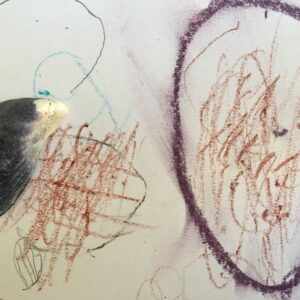
Still Life Compositions
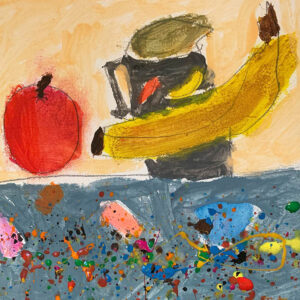
A collection of imagery and sources designed to introduce children to using their whole bodies to respond to paintings.
Please note that this page contains links to external websites and has videos from external websites embedded. At the time of creating, AccessArt checked all links to ensure content is appropriate for teachers to access. However external websites and videos are updated and that is beyond our control.
Please let us know if you find a 404 link, or if you feel content is no longer appropriate.
We strongly recommend as part of good teaching practice that teachers watch all videos and visit all websites before sharing with a class. On occasion there may be elements of a video you would prefer not to show to your class and it is the teacher’s responsibility to ensure content is appropriate. Many thanks.
*If you are having issues viewing videos it may be due to your schools firewall or your cookie selection. Please check with your IT department.*
This resource is free to access and is not a part of AccessArt membership.






Dancing to Art by Tate Gallery
“Corali, a leader in dance created by artists with a learning disability, have worked with Tate since 1998 and are experts in creatively taking up space in our galleries. We invited Paul, Sherri, Bethan and Dj from Corali to design performances in response to four artworks at Tate Britain. We wanted to show what happens when people have the freedom to enjoy the gallery however they want, and how this can open up new ways of responding to art.” – Tate Youtube
Watch the video with the pupils, and look at the images below. Find out how you can respond to art through dance.
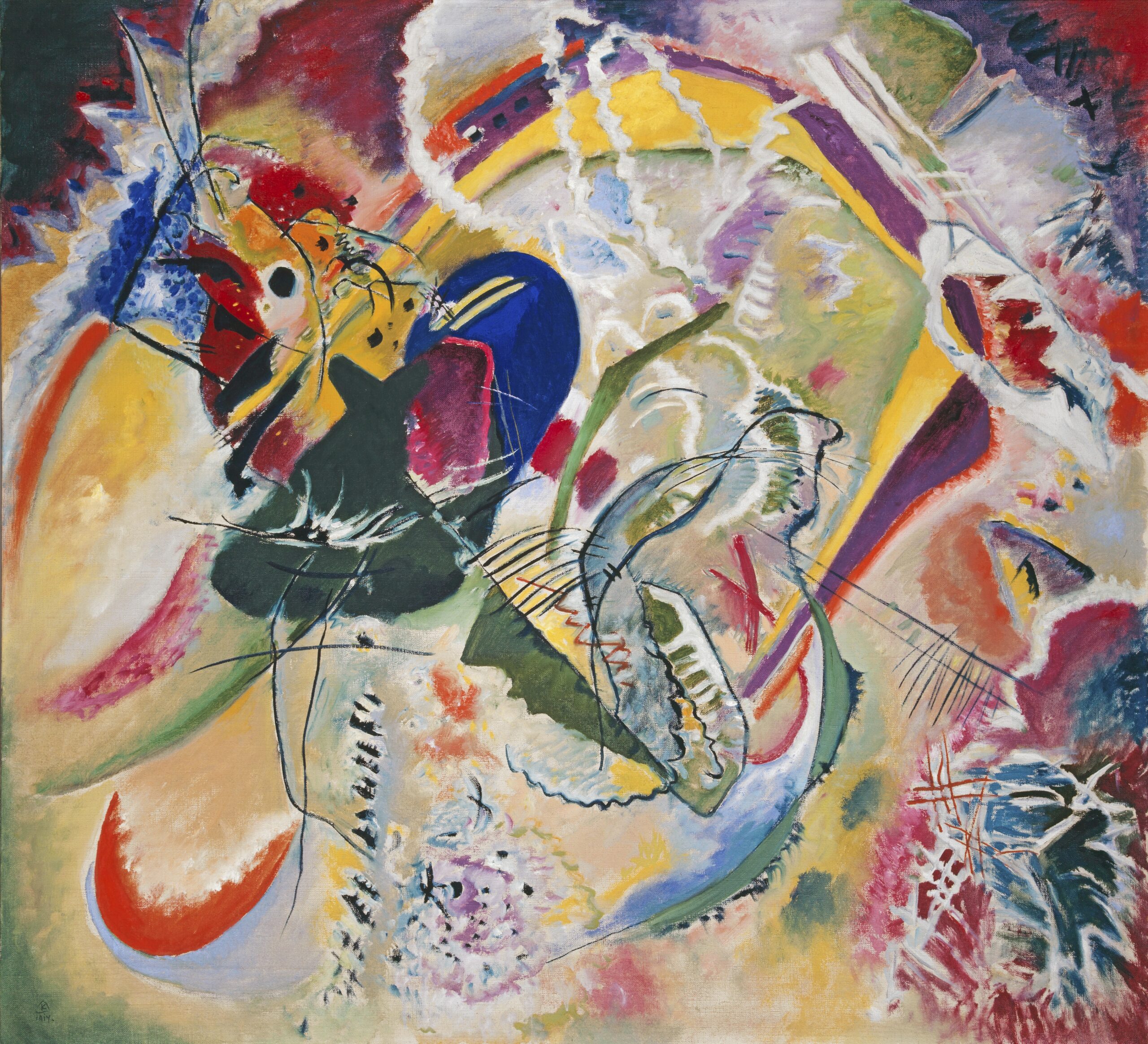
Improvisation 35 (1914) painting by Wassily Kandinsky
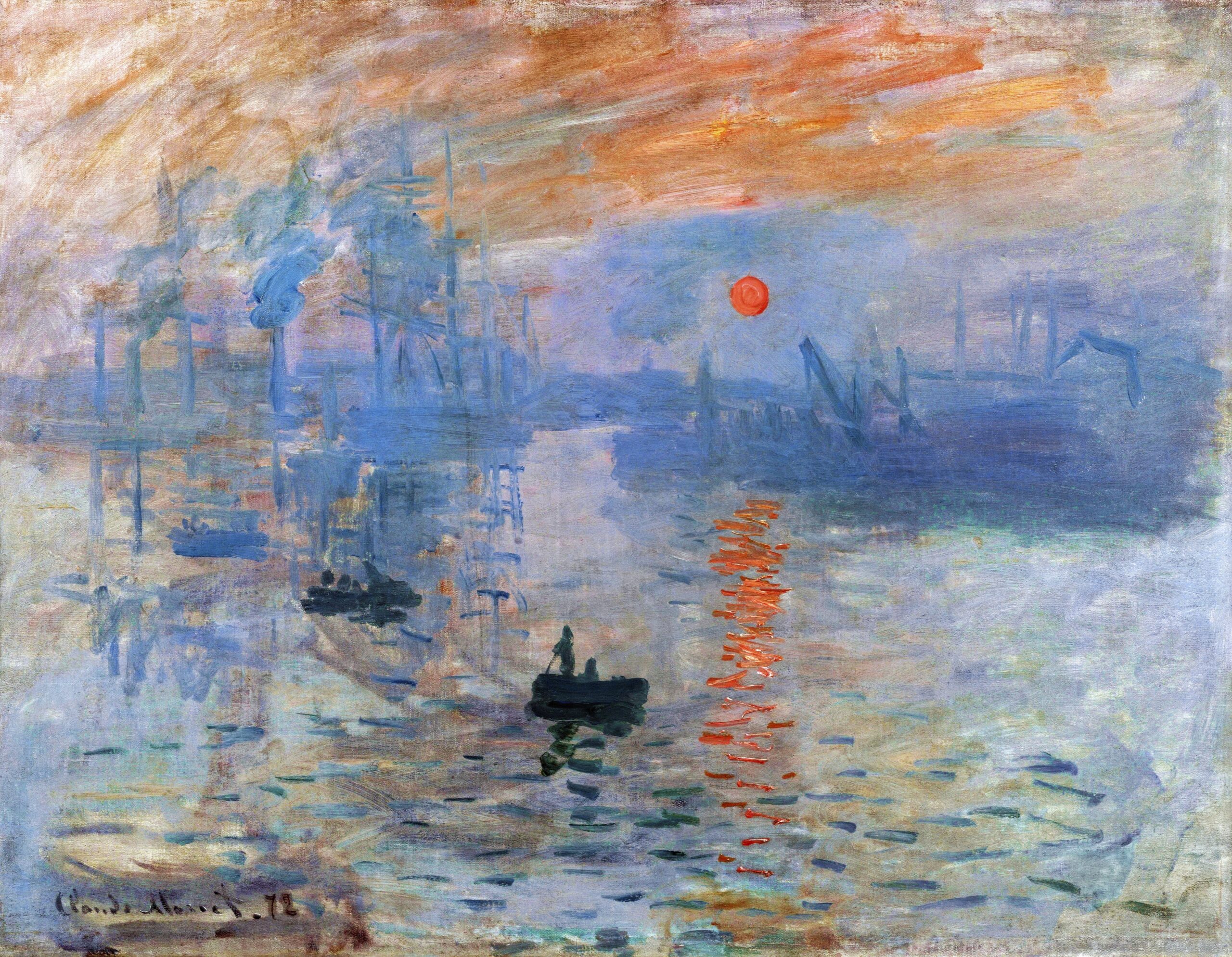
Claude Monet’s Impression, Sunrise (1872) famous painting. Original from Wikimedia Commons.
Questions to Ask Children
What movement might you use to describe a windy day?
What movement would you use in response to the colour red? Blue? Green? Black?
Use your whole body to make a movement that represents an atmosphere or an emotion, such as gloomy, peaceful, excited…
How would you use your body to respond to a spikey / straight / curved line?
You May Also Like…
pathway: telling stories through drawing and making
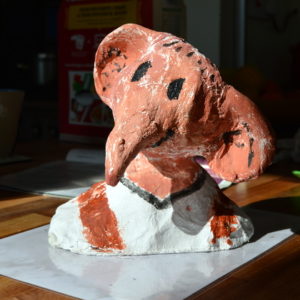
visual arts planning: life drawing



You May Also Like
folded sketchbook
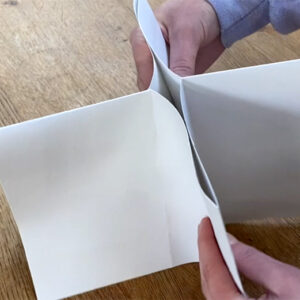
buying and making sketchbooks
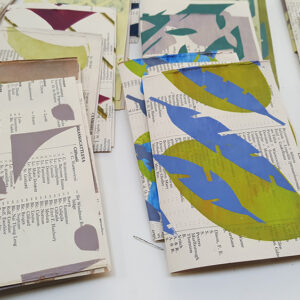
the sketchbook journey
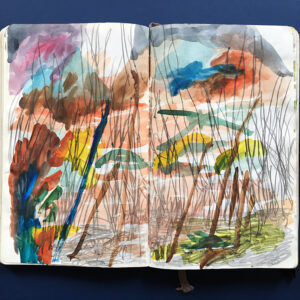
You May Also Like
fruit and veg head
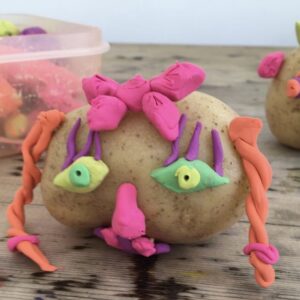
clay pens
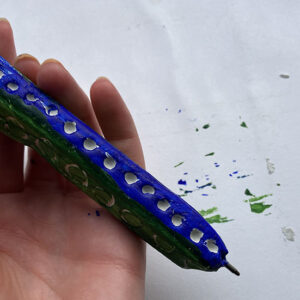
articulated beasts
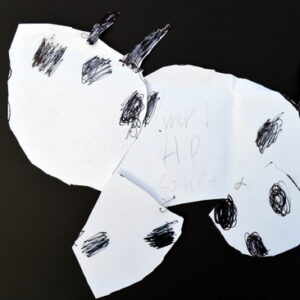


You May Also Like
egg box gargoyles
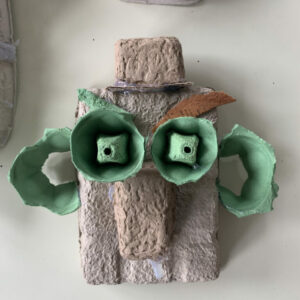
abstract face
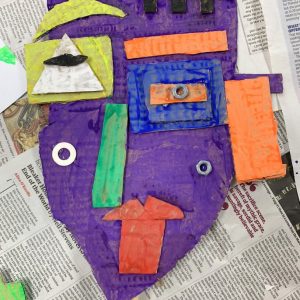
Plasticine Models & Decorated Plinths
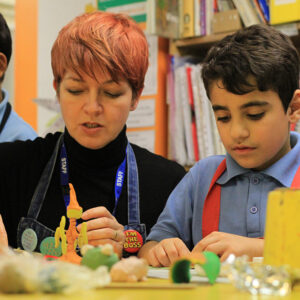
You May Also Like
paper bowls
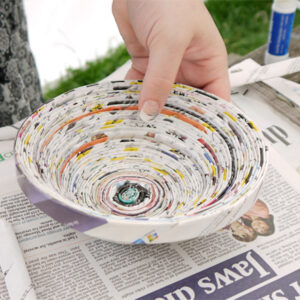
explore paper weaving
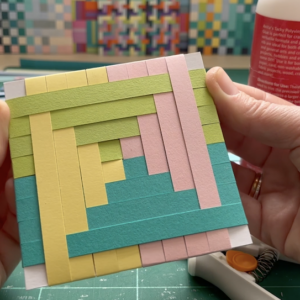
recycled baubles









![]()
![]()